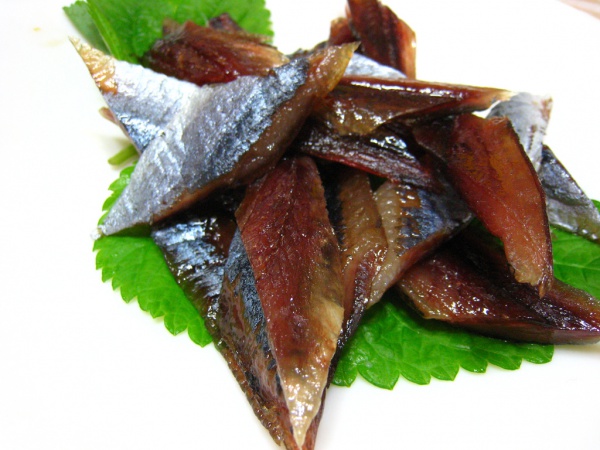Facts About Gwamegi
Gwamegi is a cherished traditional Korean delicacy made from half-dried Pacific herring or Pacific saury. It is especially popular in North Gyeongsang Province, with Pohang, Uljin, and Yeongdeok serving as the primary centers for this delectable treat. Among these locations, Guryongpo Harbor in Pohang is particularly renowned for its Gwamegi production.
The process of making Gwamegi is both intricate and fascinating. Fresh herring or saury is first frozen at -10 degrees Celsius before being exposed to the outdoor elements in December. The fish undergoes a natural cycle of freezing at night and thawing during the day until its water content is reduced to about 40%. This method dates back to the Joseon era, as cited in historical documents like Ohjuyeonmunjangjeonsango and Gyuhapcheongseo, which mention smoking herring to prevent spoilage and selecting fish with clear eyes for drying to enhance flavor.
To celebrate this local specialty, Pohang hosts the Gwamegi Festival every November, a tradition that began in 1997. The festival is a vibrant event aimed at promoting Gwamegi and stimulating the local economy. Visitors can enjoy a variety of activities, including contests for specialty products, free tastings, and traditional Korean music performances. Highlights of the festival include surprise auctions of Gwamegi, demonstrations of skin scraping, and weight-guessing competitions.
The history of Gwamegi dates back to the times when herring were abundant in Pohang's Young-Il Bay during the winter. Locals developed a preservation method by hanging the fish in kitchen windows, where cooking smoke acted as a natural preservative. Over time, this technique evolved to involve freezing the herring in the winter winds and then drying them in the sun and sea breeze at Guryongpo beach. This method produced the half-dried fish that many people cherish today. Due to a decline in herring populations, modern Gwamegi is often made with mackerel pike, which offers a similar taste experience.

 North Korea
North Korea